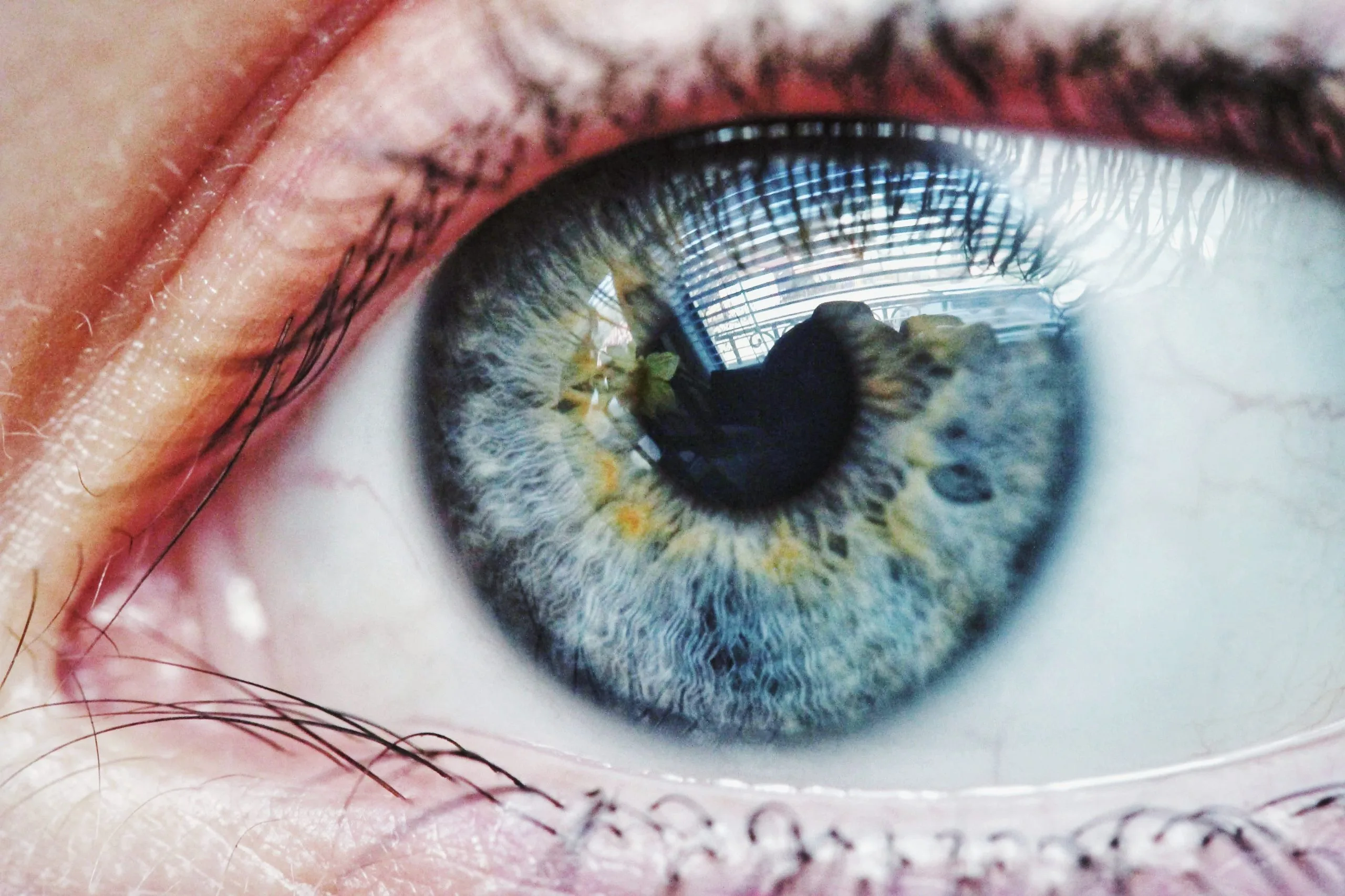There is a common belief that when looking at the object of adoration, human pupils immediately dilate. We decided to check whether this belief is supported by scientific evidence.
Similar statements can be meet not only in glossy ones magazines And websites lifestyle themes, but also on some news resources. In addition, many users “check” this in real life and share their observations in Networks. IN TikTok even exists trendwhere are the bloggers fix the size of their pupils while they mentally imagined the object of their adoration or looked at him. This belief was also played out in cinema: for example, in one of the episodes of the British series “Sherlock” the main character emphasizes attention to Irene Adler's dilated pupils to prove to her that she has sympathy for the detective. Large pupils in the old days were considered beautiful, and some women even increased them artificially by dropping the juice of a poisonous plant, belladonna, into their eyes.
The human pupil is round hole in the iris of the eye. Different departments are responsible for changing its size autonomous nervous system. Pupils are expanding thanks to a special muscle - a dilator, which, in turn, manage sympathetic fibers (fibers emerging from the spinal cord along the I–II thoracic to II–IV lumbar segments). Most often, this process occurs reflexively due to external stimuli. So, when on the retina hits a small amount of light, the pupil dilates after about 5 seconds. With this reaction, the diameter of the pupil can increase to 8 mm. However, changes in illumination are not the only reason for pupil dilation. Also, increasing its diameter can influence pathologies and injuries to the eye or brain, reactions to pain, taking certain medications (such as antidepressants, antihistamines, or atropine instillation for fundus examination), use of recreational drugs or alcohol, and sexual arousal.
The first reaction of the pupil to an attractive object tracked and was described by American psychologist Eckhard Hess in 1959. He recorded the size of his assistant's pupil when looking at different pictures. An image of a girl made in the pin-up style (from the English pin up - “to attach”; image visually attractive girl, created for mass circulation and informal distribution), caused the greatest dilation of the pupil. However, Hess limited himself to observation only, without conducting any additional experiments.
In 2007, scientists from the Department of Psychology at the University of Tromsø (Norway) held a study on the connection between pupil dilation and looking at the object of love. They invited 14 women, who were in three different cycle phases: follicular (before the release of the egg), ovulatory (during the release of the egg) and luteal (after the release of the egg) - they showed photographs of different men, including their lovers, on the computer screen. The size of their pupils was recorded using an infrared eye tracking device. Half of the participants were taking oral contraceptives. It turned out that only during ovulatory phase, which lasts from 16 to 32 hours, when looking at your partner, your pupils noticeably enlarged. Moreover, this effect was observed only in women who did not take hormonal drugs.
In 2012, scientists became interested in male pupillary reactions. A group of researchers from the Department of Human Development at Cornell University (USA) invited 325 men and women to do a similar experiment. Before it began, participants were asked to identify themselves with one of seven sexual orientation categories. Kinsey scale: completely heterosexual, mostly heterosexual, bisexual with heterosexual dominance, completely bisexual, bisexual with homosexual dominance, mostly homosexual, completely homosexual. Each participant was then placed in a room with a monitor that first showed a one-minute neutral video of a landscape, followed by a stimulus video in random order—a 30-second clip of a naked man or woman masturbating. In addition to having their pupil size measured, the volunteers also had to answer three questions about the person they were presented with: how physically attractive they found him, how arousing they found him, and how much they would like to date this person. After these questions, they were again shown a neutral video and the next stimulating video.
Control of pupillary reactions showed that watching erotic videos causes pupil dilation in representatives of both sexes. The scientists also noted that such a reaction in response to a stimulus (male or female) was generally consistent with the stated orientation of the participants, while the pupils of bisexual men and heterosexual women dilated the most to the arousing stimulus. Scientists explain dilation of the pupils when looking at a sexual object with the release of dopamine and oxytocin, which are actively produced during preparation for intimacy.
However, emotional dilation of the pupils is not always associated exclusively with sexual attraction. Study Dutch scientists in 2018 were aimed at studying the relationship between pupil dilation and the level of trust in the interlocutor. An experiment was conducted using MRI scanners, inside which participants watched short videos - the test subjects were shown the eye areas of different people, whose pupils changed in size. The study showed that in response to images of a person with dilated pupils, the areas of the brain that are responsible for trust were activated. It is also noteworthy that the pupils of interaction partners are usually synchronously expand and contract. This means that in real interaction such a reaction can be read as a demonstration of mutual trust.
At the physiological level, “emotional” pupil dilation has a scientific explanation. The main role here is played sympathetic fibers, which represent part of the sympathetic nervous system. It also comes into play during various stress reactions of the body or the release of certain hormones. In the event of sympathy or sexual attraction to a person, a person from a psychological point of view experiences a whole range of emotions, and physiologically, it is under the influence of a number of hormones: adrenaline, oxytocin and dopamine. It is because of them that when looking at a partner or simply an attractive person, the pupils can dilate.
Thus, when looking at someone whom a person considers attractive, the pupils actually most often dilate. However, we are talking specifically about sexual arousal. It is almost impossible to connect the size of the pupils and the feeling of falling in love (as well as love in a long-term relationship); such a pattern exists only in women who do not take oral contraceptives and only in a very short (16–32 hours) phase of the cycle. At the same time, it is worth remembering that the dilated pupils of your interlocutor are not yet an indicator of his romantic intentions. Pupils can change their size due to the degree of lighting, medication use and individual health conditions, and the level of trust between the participants in the interaction can also affect. It is also impossible to clearly judge that the absence of such a reaction means that the person does not like you. After all, even when looking at their partner, not everyone demonstrated such a reaction.
Cover image: Pexels, Dominika Gregušova

Half-truth
Read on the topic:
If you find a spelling or grammatical error, please let us know by highlighting the error text and clicking Ctrl+Enter.






